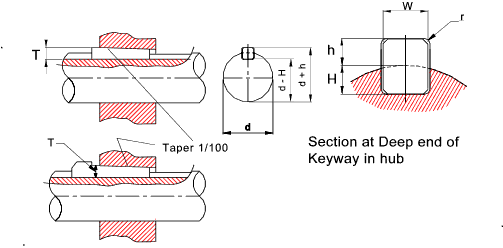

Characteristics of operating model maturityīanks don’t have the luxury of maintaining their operational status quo.

This holds true particularly in areas such as artificial intelligence (AI), analytics and automation, each of which would complement banking’s strong data capabilities. Our research suggests that technology challenges are impeding banks from achieving operational transformation. Banking comes up short in seven of the characteristics. Being future-ready reflects an organization's ability to scale eight characteristics of operating model maturity. Banks have failed to scale in key innovation areasĬonsider how we measure future readiness and why it matters. They also-probably as a result-realize higher market valuations and derive more profit. Digital Focused) and gain the agility and resilience needed to thrive amid uncertainty. Organizations that achieve a high level of maturity become "future-ready." They are fully focused on digital transformation (i.e. Each level is grounded in and enabled by progressively more sophisticated technology, talent, processes and data insights. Our research and experience reveal four levels of operational maturity: stable, efficient, predictive and future-ready. In a recent study, we found that while operating model maturity is advancing among organizations in all industries, banks are progressing slower than most. Shifting to a digital banking operating model


 0 kommentar(er)
0 kommentar(er)
